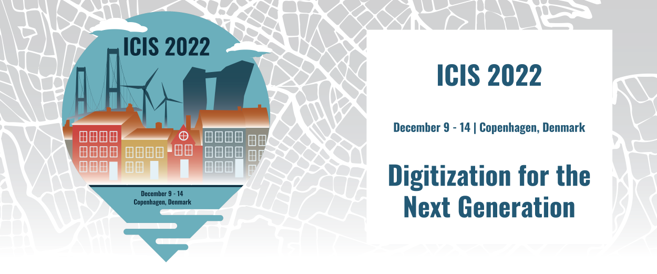Paper Number
1972
Paper Type
Complete
Description
To avoid the detrimental consequences of global warming, digital nudges were recognized as effective means to steer individual behavior toward sustainability. We investigated the applications, contexts, and outcomes of green digital nudges by conducting a systematic literature review of 64 nudge interventions. We found six distinct types of nudges—priming, goal-setting, default, feedback, social reference, and framing—and 18 sustainable target behaviors (e.g., energy conservation). To explain how behavior changes through green nudges, we clustered the identified target behaviors into three behavior change outcomes: (i) altering an existing behavior, (ii) reinforcing an existing behavior, and (iii) forming a new behavior. Based on our findings, we propose guidance for researchers, practitioners, and policymakers who seek to design choice architectures that facilitate pro-environmental behavior.
Recommended Citation
Beermann, Vincent; Rieder, Annamina; and Uebernickel, Falk, "Green Nudges: How to Induce Pro-Environmental Behavior Using Technology" (2022). ICIS 2022 Proceedings. 15.
https://aisel.aisnet.org/icis2022/hci_robot/hci_robot/15
Green Nudges: How to Induce Pro-Environmental Behavior Using Technology
To avoid the detrimental consequences of global warming, digital nudges were recognized as effective means to steer individual behavior toward sustainability. We investigated the applications, contexts, and outcomes of green digital nudges by conducting a systematic literature review of 64 nudge interventions. We found six distinct types of nudges—priming, goal-setting, default, feedback, social reference, and framing—and 18 sustainable target behaviors (e.g., energy conservation). To explain how behavior changes through green nudges, we clustered the identified target behaviors into three behavior change outcomes: (i) altering an existing behavior, (ii) reinforcing an existing behavior, and (iii) forming a new behavior. Based on our findings, we propose guidance for researchers, practitioners, and policymakers who seek to design choice architectures that facilitate pro-environmental behavior.
When commenting on articles, please be friendly, welcoming, respectful and abide by the AIS eLibrary Discussion Thread Code of Conduct posted here.



Comments
09-HCI